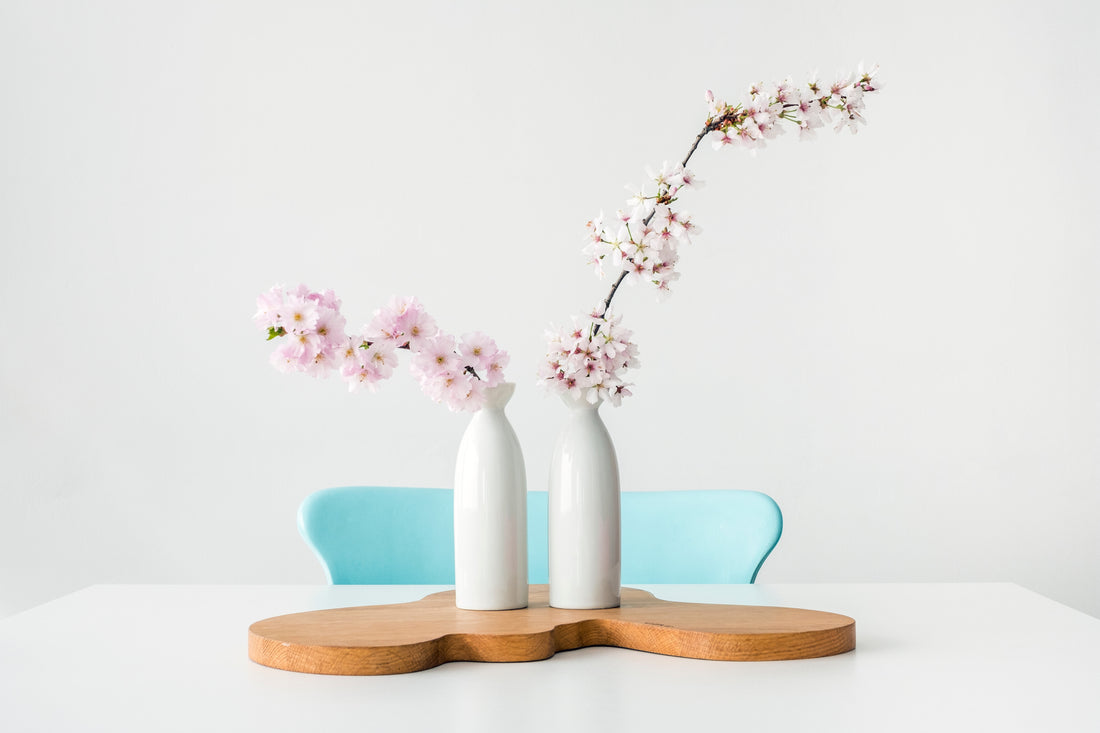Japanese sake has firmly established its position as a symbol of Japanese culture through its profound artistic qualities. This article shifts its focus to the aesthetics of appreciating sake, exploring its connections to ceramics, art, and philosophy. It delves into how each element of sake, such as aroma, flavor, color, and texture, holds artistic value and unravels the artistic aspects from its production to enjoyment.
Savoring Sake: A Journey through the Five Senses

Aroma
Japanese Sake presents a variety of scents, ranging from the vibrant Ginjo aroma to the simple rice koji fragrance, and the caramel or vanilla notes developed through aging. These fragrances express the distinctive features of sake, influencing its overall impression and compatibility. For instance, sake with a pronounced Ginjo aroma pairs well with Western cuisine, while sake rich in aged notes complements desserts.
Flavor
Japanese Sake offers a spectrum of tastes, including sweetness, acidity, bitterness, and umami. Numerical indicators such as Nihonshu-do (Sake Meter Value), acidity, and alcohol content serve as criteria for assessing the flavor. The distinctive characteristics of the flavor influence the selection of sake and its pairing with different dishes. Generally, dry sake pairs well with oily dishes, while sweet sake complements lighter fare.
Color
Japanese Sake exhibits a diverse range of hues, from clear to amber. The color is influenced by ingredients, production methods, and aging, contributing to the overall atmosphere and image of the sake. Deep-colored sake imparts a sense of profound aging, while lighter-colored sake conveys a refreshing quality.
Texture
Japanese Sake comes in various types, including not only the conventional ones but also sparkling sake with added carbonation and unfiltered sake bottled before pressing the mash. The texture of each varies based on production methods and storage, influencing the mouthfeel and sensations experienced while enjoying the sake.
An Aesthetic Pursuit – Sake x Art and Craft

Pottery
Have you ever had your breath taken away by the beauty of a sake cup? Although sake ware are made first and foremost to fulfill a practical purpose, they are also considered a means of artistic expression.
As with all other types of meal experience, the visual impact of the utensils actually plays a big role. For example, sake ware made of white porcelain that feels cool in one’s hand is a natural choice for summer, while those with a brownish, clay texture easily fits for a warm atmosphere during the fall. It is not an overstatement to say that one’s sake experience is impacted not only by the quality of the sake, but also by the different colors, shapes and textures of the sake ware one has chosen.
Art
Some may even say that the act of drinking sake alone is an experience comparable to appreciating conventional art pieces. Similar to a good piece of painting or music, the colors and aromas of sake can be as powerful as the taste itself in bringing us much satisfaction.
We can notice those with Japanese visual elements that are meant to emphasize a sense of historical heritage, while those with a minimalistic touch can be a hint at the more modern, stylish aesthetic that catches the eyes of a younger generation. A clear glass bottle naturally feels clean and prioritize the natural color of the sake itself, as bottles with specific colors try to highlight a certain atmosphere.
Summary
Through noticing the elements mentioned above, we can slowly immerse ourselves in the historical background and stories behind each bottle that we encounter along the way. Next time while you are treating yourself a well-deserved drink, why not gain an even deeper understanding and appreciation of the cup of sake you have in hand?

